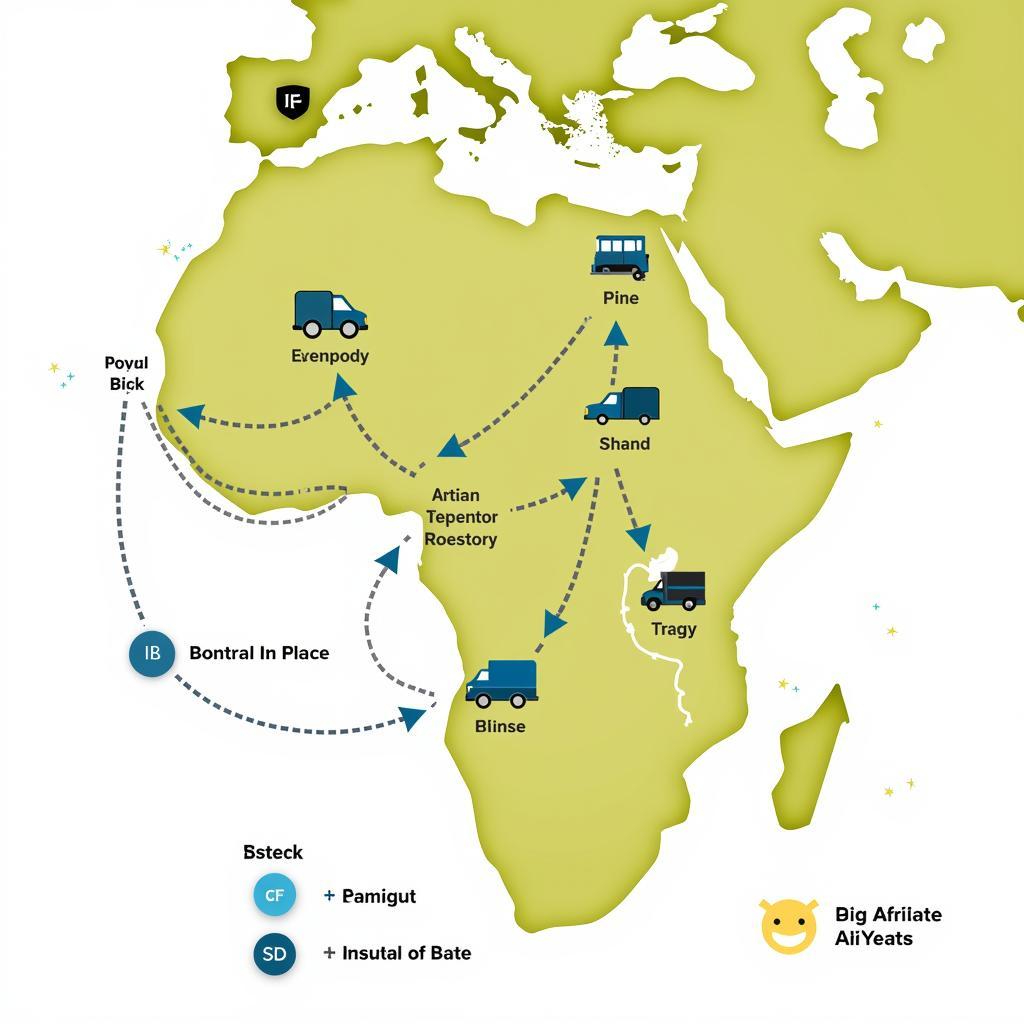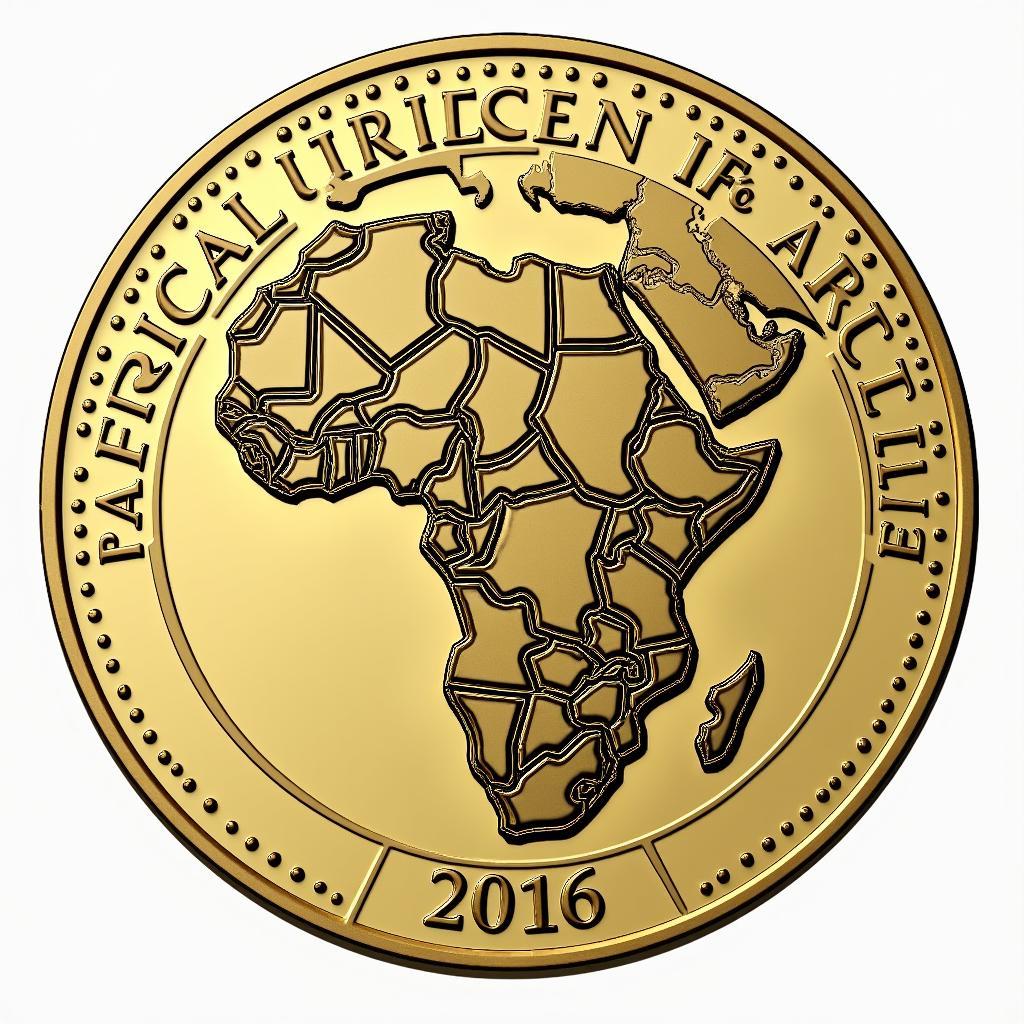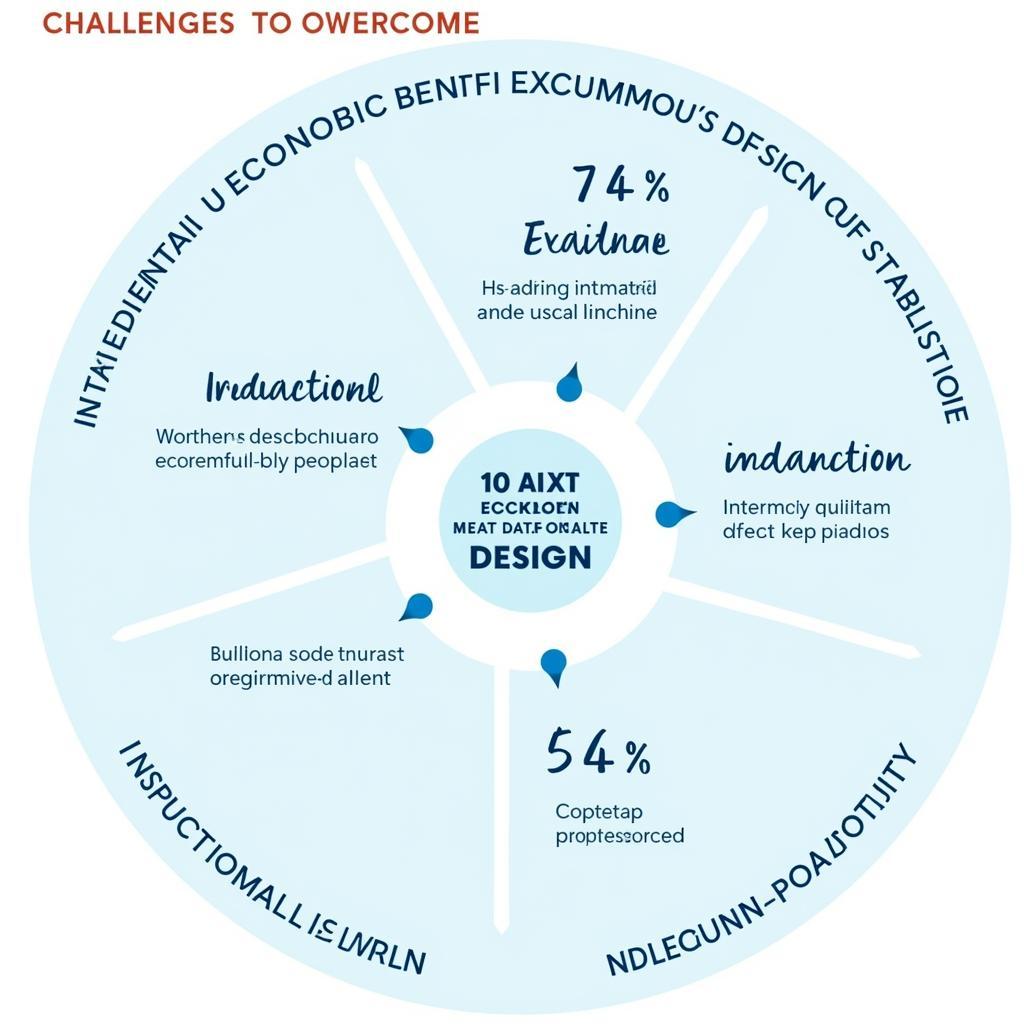African Economic Community: Type of Economic Integration
The African Economic Community (AEC) represents a bold vision for economic integration across the continent. This ambitious project aims to create a unified market, fostering growth and development across Africa. This article explores the type of economic integration the AEC represents, analyzing its structure, objectives, and the challenges it faces.
The AEC, established under the Treaty Establishing the African Economic Community (Abuja Treaty) in 1991, envisioned a phased approach towards a fully integrated continental market. The treaty outlines six stages of integration, progressing from a free trade area to a full economic and monetary union. Understanding these stages is crucial to grasping the type of economic integration the AEC strives for.
Stages of Integration within the African Economic Community
The Abuja Treaty lays out a clear roadmap for economic integration, with each stage building upon the previous one. This structured approach allows member states to gradually adapt and harmonize their policies.
From Free Trade Area to Customs Union
The first stage involves the establishment of a free trade area, where tariffs and non-tariff barriers are eliminated among member states. This encourages intra-African trade and lays the groundwork for deeper integration. The next step is the formation of a customs union, which not only removes internal trade barriers but also establishes a common external tariff. This creates a unified trade policy towards the rest of the world. The African Development Organization could potentially play a key role in facilitating these early stages of integration.
 African Economic Community Free Trade Area
African Economic Community Free Trade Area
Towards a Common Market and Monetary Union
The third stage envisions a common market, characterized by the free movement of factors of production—labor, capital, and goods and services—across member states. This allows for greater economic efficiency and resource allocation. The fourth stage aims for a monetary union, with a single currency and a central bank. This enhances macroeconomic stability and facilitates cross-border transactions. Think of the Eurozone as an example, albeit with its own set of complexities. African Identification Cards could become essential tools for facilitating the movement of people within a common market.
 African Economic Community Monetary Union
African Economic Community Monetary Union
Economic and Political Integration
The final two stages represent the ultimate goals of the AEC: an economic union and a political union. The economic union implies harmonization of economic policies, while the political union envisions a closer political integration among member states. These stages represent the most complex and challenging aspects of the AEC’s vision, requiring significant political will and coordination among member states. African asylum seekers in Germany highlight the complexities of migration within and beyond the continent, offering insights into the challenges and opportunities of free movement of people.
Challenges and Opportunities for the AEC
While the AEC represents a promising vision, its implementation has faced numerous challenges. These include political instability, weak infrastructure, and varying levels of economic development among member states. However, overcoming these challenges presents significant opportunities for growth and development across the continent. The success of the AEC could transform Africa’s economic landscape, creating a powerful economic bloc capable of competing on the global stage. African Foundries Limited Ogijo showcases the potential of industrial development within Africa and the need for fostering such growth across the continent.
Conclusion
The African Economic Community represents a complex and ambitious project aimed at creating a deeply integrated continental market. The type of economic integration it envisions is comprehensive, progressing from a free trade area to a potential political union. While significant challenges remain, the AEC holds immense potential for transforming Africa’s economic future. The successful implementation of the AEC could unlock unprecedented opportunities for growth, development, and prosperity across the continent.
 African Economic Community Challenges and Opportunities
African Economic Community Challenges and Opportunities
Frequently Asked Questions (FAQ)
- What is the main goal of the AEC? To establish a fully integrated economic and potentially political union across Africa.
- How many stages of integration are outlined in the Abuja Treaty? Six stages, from a free trade area to a political union.
- What are some of the challenges facing the AEC? Political instability, weak infrastructure, and varying levels of economic development.
- What type of economic integration does the AEC represent? A comprehensive and phased approach towards a fully integrated market.
- What are the potential benefits of a successful AEC? Increased intra-African trade, economic growth, and enhanced global competitiveness.
- What is the role of the Abuja Treaty? It establishes the legal framework for the AEC and outlines the stages of integration.
- How can African Child Army Leader situations impact economic development and integration efforts? Child soldier situations disrupt stability and hinder development, making economic integration more challenging.
Need support? Contact us 24/7:
Phone: +255768904061
Email: [email protected]
Address: Mbarali DC Mawindi, Kangaga, Tanzania.

